Junkyard Find: 1968 Kaiser Jeep DJ-5A, With Factory Chevy Power

After I found the very rare Audi-engined ’79 AM General DJ-5G “Mail Jeep” in a Denver junkyard, I thought I’d go back to ignoring most junked DJ Jeeps. They’re very common in Colorado, and this series has always been more about historically significant vehicles than just plain old ones. However, DJs built before AMC bought Kaiser-Jeep, and featuring the nearly-forgotten Chevrolet Nova four-cylinder engine, deserve some attention.
You could get a Chevy II aka Nova with a 153-cubic-inch L4 engine until 1969. Just as the later Iron Duke was based on the Pontiac 301 V8, the 153 was based on the Chevrolet 230-cubic-inch L6. Hardly any Nova shoppers bought this engine, because gas was cheap and the six didn’t cost much more up front, but Kaiser-Jeep knew a good deal when they saw one. When AMC gobbled up Kaiser-Jeep in 1970, the good old AMC Six replaced the Nova four.
Even by 1968 truck standards, these controls were super-minimal.
Believe it or not, Jeep DJs were sold to customers other than the Postal Service. This one has left-hand-drive, so it probably spent its life hauling something other than junk mail (unless it was purchased by the Royal Jamaican Postal Service for left-side-of-the-road deliveries).
Maybe it was some seriously tight-walleted cheapskate’s commuter car? Do you really need more than a steel box on wheels to get from Point A to Point B?

Murilee Martin is the pen name of Phil Greden, a writer who has lived in Minnesota, California, Georgia and (now) Colorado. He has toiled at copywriting, technical writing, junkmail writing, fiction writing and now automotive writing. He has owned many terrible vehicles and some good ones. He spends a great deal of time in self-service junkyards. These days, he writes for publications including Autoweek, Autoblog, Hagerty, The Truth About Cars and Capital One.
More by Murilee Martin
Latest Car Reviews
Read moreLatest Product Reviews
Read moreRecent Comments
- Rochester We'll probably be trading in our 2018 Touring Edition Forester for the next model, and are waiting to see what the Hybrid is all about. Would be nice if they disclose whether or not it will be a plug-in Hybrid.
- CEastwood I have a friend who drives an early aughts Forrester who refuses to get rid of it no matter all it's problems . I believe it's the head gasket eater edition . He takes great pains regularly putting in some additive that is supposed prevent head gasket problems only to be told by his mechanic on the latest timing belt change that the heads are staring to seep . Mechanics must love making money off those cars and their flawed engine design . Below is another satisfied customer of what has to be one of the least reliable Japanese cars .https://www.theautopian.com/i-regret-buying-a-new-subaru/
- Wjtinfwb 157k is not insignificant, even for a Honda. A lot would depend on the maintenance records and the environment the car was operated in. Up to date maintenance and updated wear items like brakes, shocks, belts, etc. done recently? Where did those 157k miles accumulate? West Texas on open, smooth roads that are relatively easy on the chassis or Michigan, with bomb crater potholes, snow and salt that take their toll on the underpinnings. That Honda 4 will run forever with decent maintenance but the underneath bits deteriorate on a Honda just like they do on a Chevy.
- Namesakeone Yes, for two reasons: The idea of a robot making decisions based on algorithms does not seem to be in anyone's best interest, and the thought of trucking companies salivating over using a computer to replace the salary of a human driver means a lot more people in the unemployment lines.
- Bd2 Powertrain reliability of Boxer engines is always questionable. I'll never understand why Subaru held onto them for so long. Smartstream is a solid engine platform as is the Veracruz 3.8L V6.


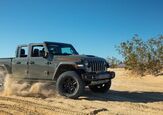






























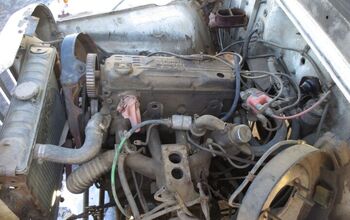

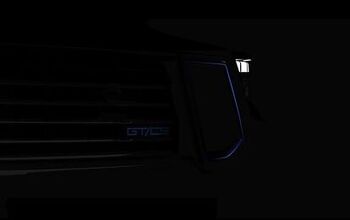
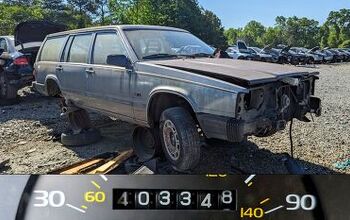
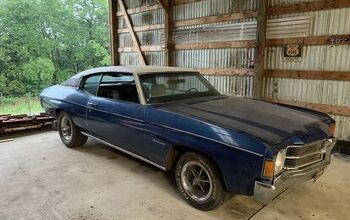

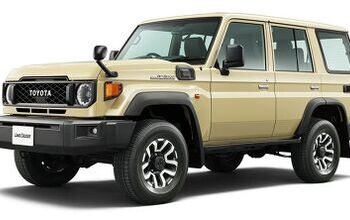
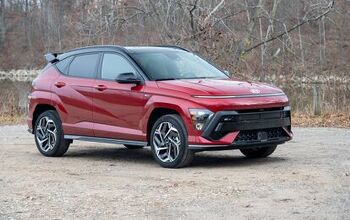
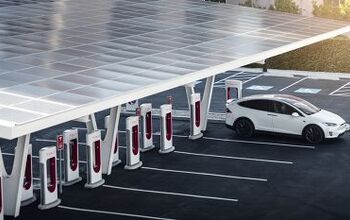

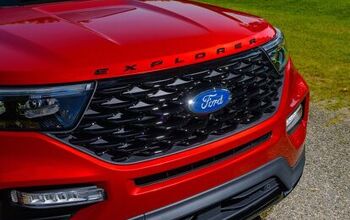
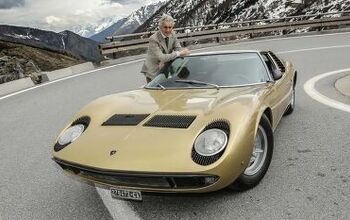
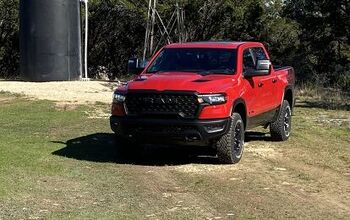


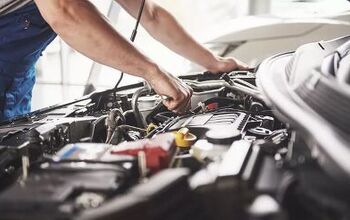


Comments
Join the conversation
The 153 cu.in Nova I4! Something TTAC ex-patriate Paul Niedermeyer has requested to see in operating condition in a car since the 1960's! Send him this example (motor) as a gift for now, knowing that he probably won't even be able to find a car with this motor in it in his well known hometown of Eugene, Oregon, the land that cars last near-eternally in!
Hi i just bought a jeep that has similiar engine. I have the block number but can NOT find anyway to decode it to find out what engine I have and wven what exact jeep I have. So i can order the correct parts. Any help would be great.